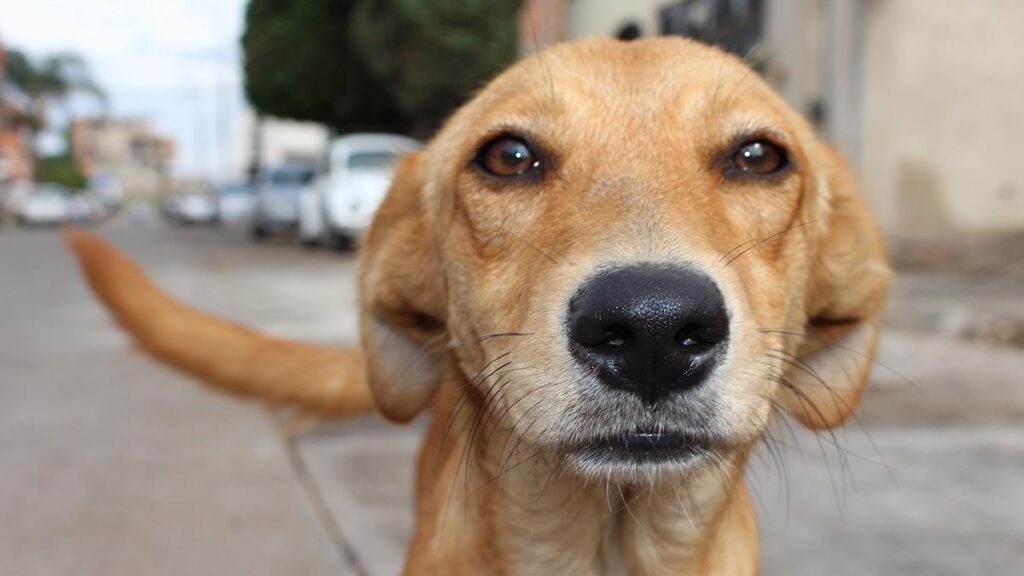SUMMARY
The Management Plan for Stray Dogs in the Ticuna Indigenous Territory aims to address the problem of abandoned and mistreated dogs in indigenous communities of the Colombian Amazon Basin. It has been observed that these situations are the result of various circumstances, such as a lack of resources to properly care for dogs, limited access to veterinary services, and a lack of awareness about responsible pet ownership.
To deal with this problem, it is proposed to implement a comprehensive approach that includes education strategies, veterinary care, and population control programs. These measures will be backed by figures and statistics that support the need for intervention in the Ticuna indigenous territory. In terms of education, workshops and information sessions will be held in collaboration with community leaders and community members to raise awareness of dog welfare and promote responsible pet ownership practices. These activities will be based on data demonstrating the negative impact of abandonment and mistreatment of dogs on health and ecological balance. To address the lack of access to veterinary services, a mobile veterinary clinic will be established in the Ticuna indigenous territory. This clinic will provide basic care such as vaccinations, deworming, and spay/neuter. These interventions will be backed by statistics on the spread of disease and the uncontrolled growth of the dog population. In addition, population control programs will be implemented to address the lack of awareness of responsible dog breeding. These programs will include spay/neuter campaigns with the aim of reducing the proliferation of stray dogs and minimizing the associated risks. Demographic data and statistics on the growth of dog populations will support the importance of these measures. In summary, the Management Plan for Stray Dogs in the Ticuna Indigenous Territory is based on a comprehensive strategy that uses figures and statistics to support the need for intervention.
Through education, veterinary care, and population control programs, it seeks to improve the well-being of dogs, encourage responsible pet ownership, and strengthen the harmonious relationship between dogs and indigenous communities.



